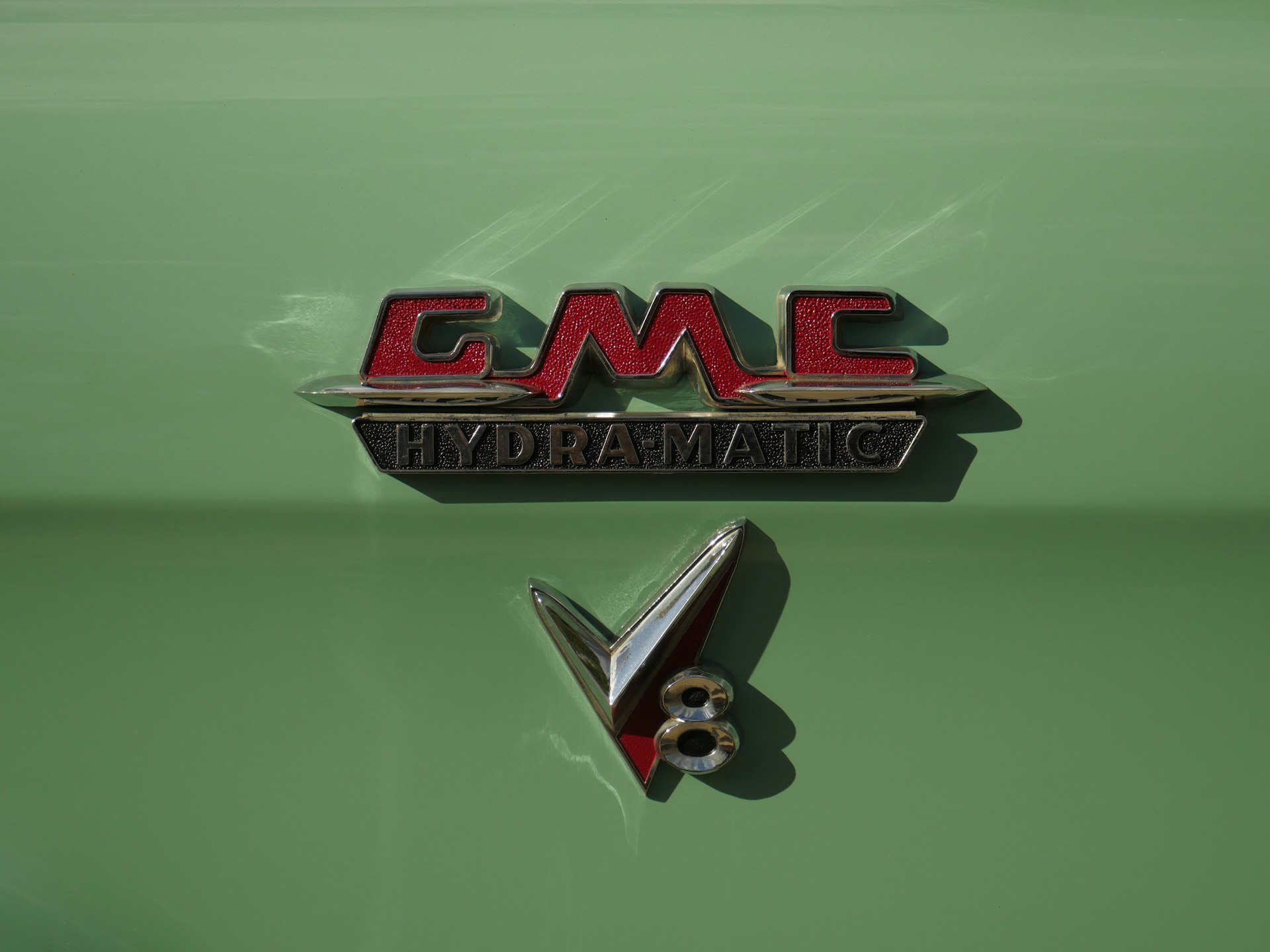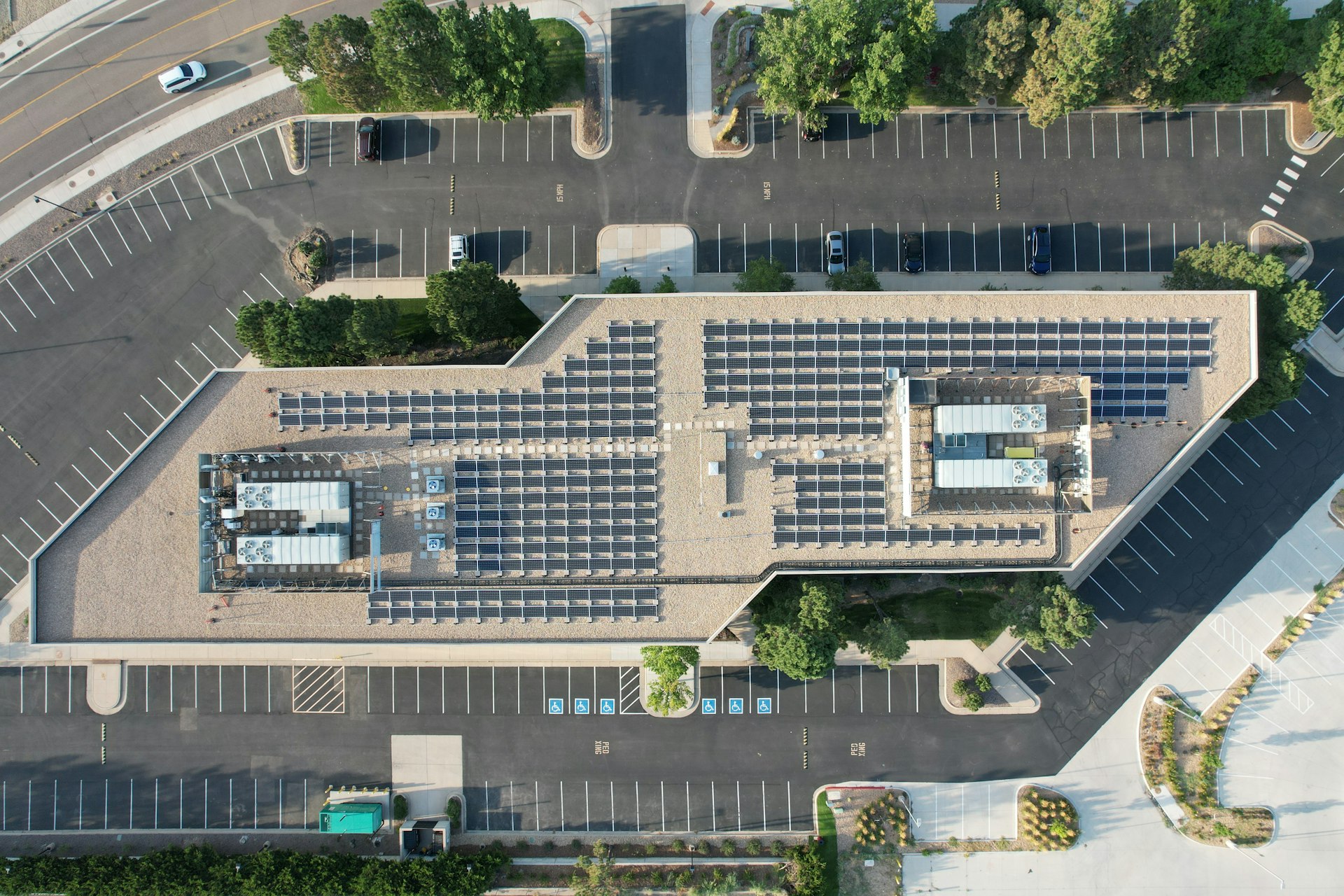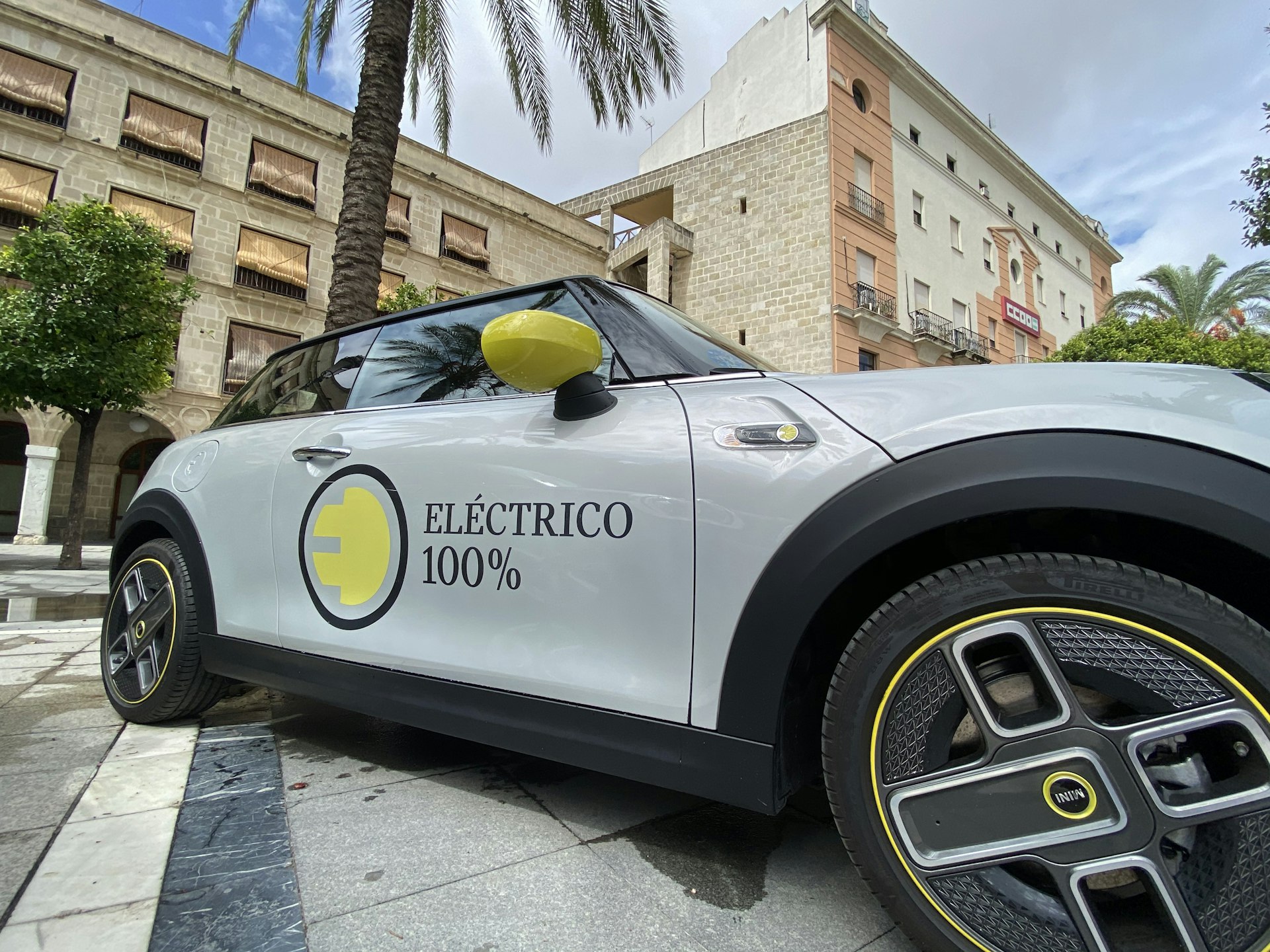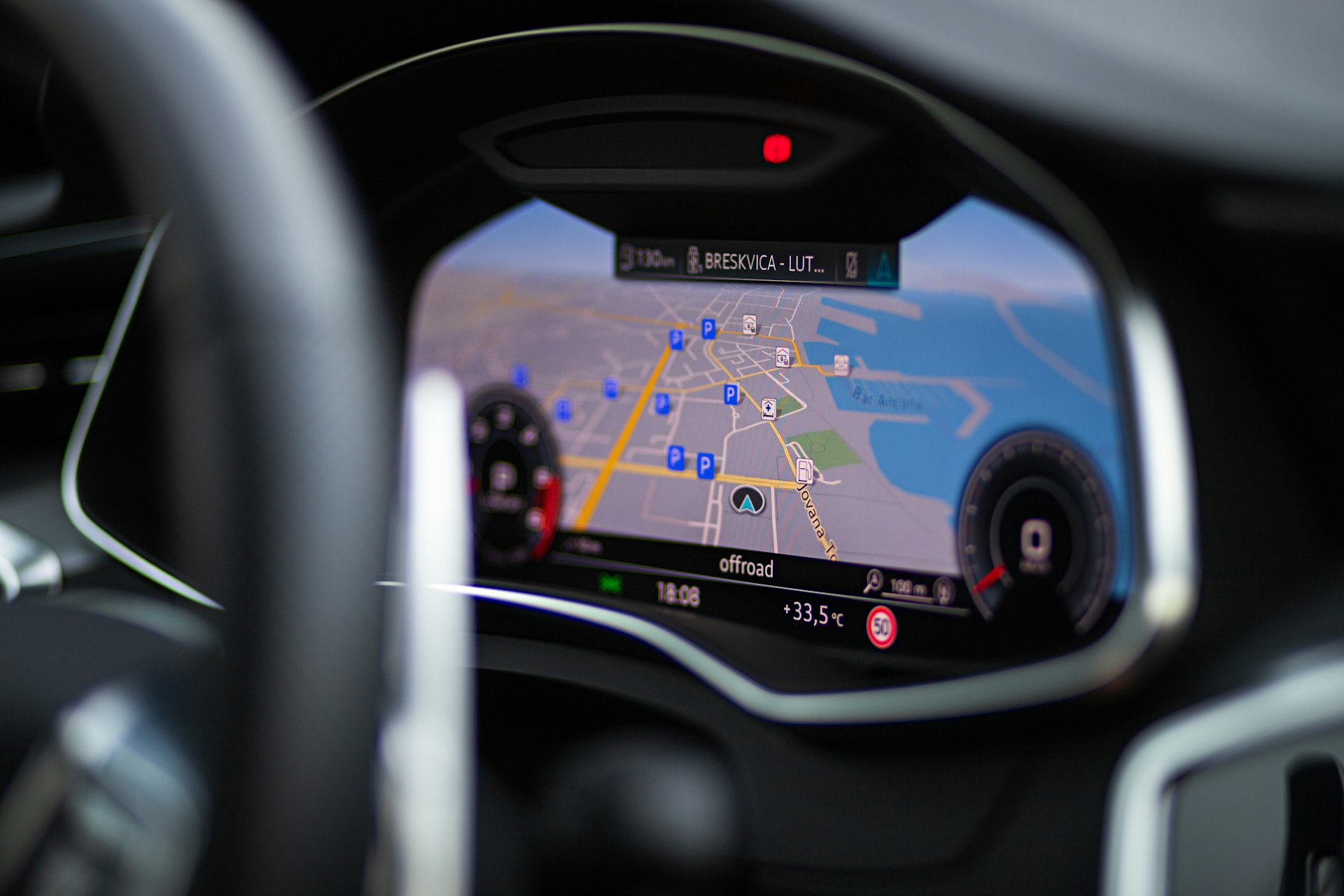How Modular Vehicle Platforms Are Redefining the Future of Automotive Manufacturing

Photo by Galina Nelyubova on Unsplash
Introduction: The Rise of Modular Platforms in Automotive Manufacturing
The automotive industry is undergoing a seismic transformation, driven by the need for greater flexibility, scalability, and efficiency. Modular vehicle platforms are at the heart of this change, enabling manufacturers to produce a diverse range of vehicles-from electric to combustion-engine models-using shared architectures and components. This approach is unlocking new opportunities for cost reduction, faster time-to-market, and the integration of advanced technologies such as software-defined features and autonomous driving capabilities [1] .
Key Benefits of Modular Platforms
Modular platforms offer several strategic advantages for manufacturers:
- Flexibility: The ability to build multiple vehicle types-compact cars, SUVs, commercial vans-on the same platform, adapting quickly to market demand [2] .
- Cost Efficiency: High degree of part commonality reduces development and manufacturing costs, making vehicles more competitively priced [4] .
- Scalability: Manufacturers can scale production up or down, introducing new models or variations with minimal retooling.
- Integration of Advanced Technologies: Platforms support rapid adoption of EV batteries, ADAS (Advanced Driver Assistance Systems), and over-the-air software updates [1] .
For example, Volkswagen’s MEB platform allows for a broad range of electric vehicles, leveraging scalable battery options and flexible drive configurations. By 2025, over one million EVs are projected to be built on MEB, demonstrating its impact on efficiency and sustainability [2] .
Industry Leaders and Platform Examples
Several global automakers are investing heavily in modular vehicle platforms:
- Volkswagen Group: The MEB platform underpins electric vehicles across VW, Audi, Skoda, and SEAT, with flexibility for various sizes and drive configurations [2] .
- Hyundai Motor Group: Hyundai’s Integrated Modular Architecture (IMA) will launch two new platforms in 2025, sharing motors, batteries, and electronic modules across Hyundai, Kia, and Genesis. EM-based vehicles aim for 50% greater range and Level 3+ autonomy [3] .
- Mercedes-Benz: Flexible van architectures allow production of both electric (VAN.EA) and combustion-engine (VAN.CA) models on the same assembly line, with up to 70% common parts [4] .
- Renault & Volvo (Flexis): Joint venture leverages modular platforms for multiple electric van models, aiming for high volume and competitive pricing [4] .
- Stellantis: Rolling out STLA platforms (Small, Medium, Large, Frame) for its 14 brands, increasing part sharing and production flexibility [3] .
Manufacturers considering modular platforms should research leading architectures and evaluate compatibility with their production needs. Companies may contact OEMs directly for platform partnership opportunities or search for official press releases on the automaker’s verified corporate websites for further details.
Implementing Modular Platforms: Step-by-Step Guidance
For manufacturers seeking to adopt modular vehicle platforms, a systematic approach is essential:
- Assess Production Needs: Evaluate product range, volume goals, and technology requirements (EV, ICE, ADAS, etc.).
- Research Existing Platforms: Analyze leading modular platforms like VW MEB, Hyundai IMA, or Mercedes-Benz VAN.EA. Use official automaker websites or industry portals for up-to-date architecture documentation.
- Engage with Platform Providers: Consider partnerships or licensing agreements. Contact OEMs through their official business development channels.
- Develop Integration Roadmap: Plan the transition, including supply chain restructuring, workforce training, and infrastructure upgrades.
- Pilot Production: Launch pilot projects to test modular architectures, monitor output, and optimize processes.
- Scale Up: Gradually expand platform-based production, leveraging data analytics and feedback for continuous improvement.
If you are a supplier or smaller manufacturer, you can participate by offering modular-compatible components or services. Search for “automotive modular platform suppliers” on industry databases such as Automotive News or contact the purchasing departments of OEMs directly via their official websites.
Technical Innovations Shaping the Future
Several technological trends are converging to shape the future of modular vehicle platforms:
- Software-Defined Vehicles (SDVs): Vehicles increasingly rely on centralized computing and over-the-air updates for feature evolution, diagnostics, and compliance [5] .
- Advanced Battery Technology: Next-generation batteries offer longer range, faster charging, and improved safety, enhancing the appeal of modular EV platforms [3] .
- Autonomous Driving: Integration of ADAS and Level 3+ autonomy is becoming standard, supported by modular electronics and sensor suites [5] .
- Flexible Manufacturing Systems: Robotics and digital twins allow for rapid reconfiguration of assembly lines to accommodate different models built on the same platform [4] .
Manufacturers should invest in workforce upskilling, software development capabilities, and digital infrastructure to maximize the benefits of these innovations. Consider connecting with accredited automotive engineering associations for training resources and best practices.
Challenges and Solutions
While modular platforms promise numerous benefits, manufacturers must address several challenges:
- High Initial Investment: Developing new modular architectures and retooling factories require substantial capital. Some automakers partner with technology firms or other OEMs to share costs and accelerate development [3] .
- Supply Chain Complexity: Managing global sourcing of batteries, chips, and other critical materials can be difficult. Manufacturers may diversify suppliers and adopt local production strategies to mitigate risks [1] .
- Charging Infrastructure: For EV platforms, robust charging networks are essential. Collaborate with government agencies and utility companies to expand infrastructure. To locate programs, search for “EV charging grants” on your country’s transportation ministry website.
- Regulatory Compliance: Modular platforms must meet safety and environmental standards. Manufacturers should consult with regulatory bodies and apply for certifications through official channels.
Solutions include strategic partnerships, investment in supply chain technology, and ongoing engagement with regulators and infrastructure providers.
Alternative Approaches and Future Opportunities
Manufacturers may also explore alternative strategies to modular platforms:
- Partnerships and Joint Ventures: Collaborate with other automakers or technology firms to share modular platform development costs and expertise, as seen in VW-Rivian and Renault-Volvo Flexis partnerships [3] [4] .
- Component Specialization: Focus on producing modular-compatible components or software, supporting broader platform adoption.
- Technology Licensing: License modular platform designs to other OEMs, creating new revenue streams.
To pursue these opportunities, manufacturers can network at automotive trade shows and conferences, join industry consortia, or contact innovation hubs affiliated with major OEMs. Always verify the legitimacy of any partner via their official website or reputable industry platforms.
Key Takeaways for Manufacturers
Modular vehicle platforms are set to redefine automotive manufacturing, offering unmatched flexibility, cost savings, and technological advancement. By staying informed on the latest platform innovations, investing strategically, and leveraging partnerships, manufacturers can position themselves for success in a rapidly evolving market. For further guidance, consult industry reports through platforms like Market Report Analytics [1] and verify information through official automaker sources.

Photo by Maxim on Unsplash
References
- [1] Market Report Analytics (2025). Modular EV Platforms Market Expansion: Growth Outlook and Key Insights.
- [2] Automotive IQ (2025). Top 5 EV Platforms in 2025.
- [3] TS2 (2025). Global EV Powertrain and Platform Developments.
- [4] Automotive Manufacturing Solutions (2025). The Rise of Modular Manufacturing in Automotive Production.
- [5] Redline Group (2025). Top Automotive Engineering Trends in 2025.
MORE FROM promospotlight.com













